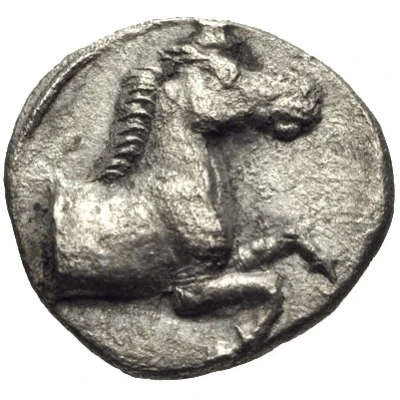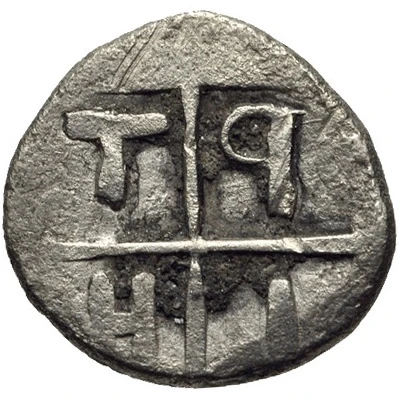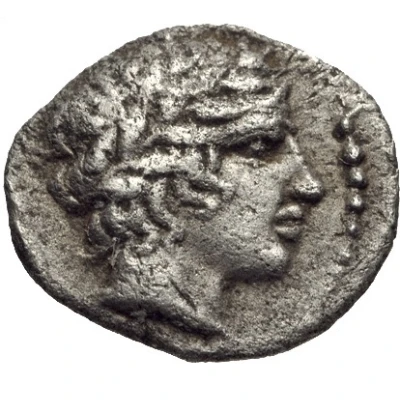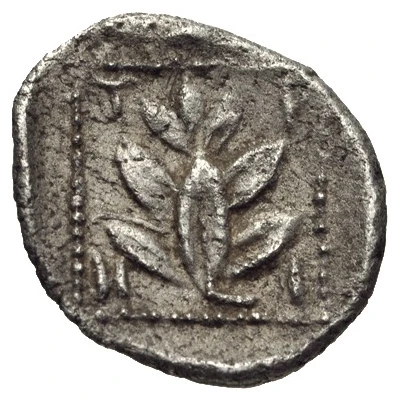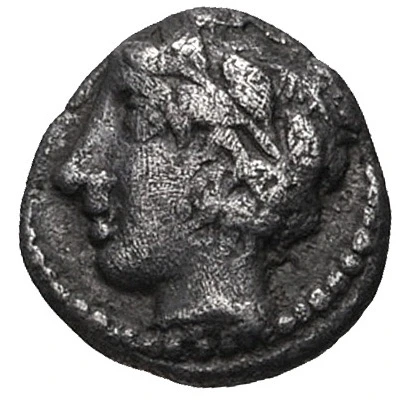
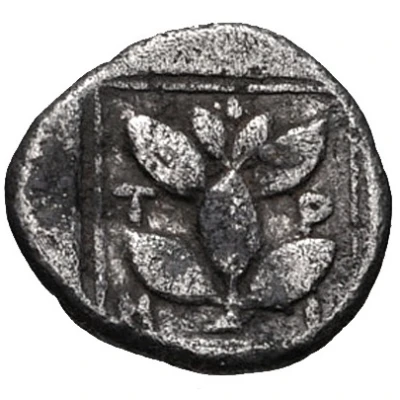

© Classical Numismatic Group, Inc.
Hemiobol 450 BC - 420 BC
| Silver | 0.43 g | 7.0 mm |
| Issuer | Trieros (Thrace) |
|---|---|
| Type | Standard circulation coin |
| Years | 450 BC - 420 BC |
| Value | Hemiobol (1⁄12) |
| Currency | Drachm |
| Composition | Silver |
| Weight | 0.43 g |
| Diameter | 7.0 mm |
| Shape | Round (irregular) |
| Technique | Hammered, Incuse |
| Demonetized | Yes |
| Updated | 2024-10-10 |
| Numista | N#178507 |
|---|---|
| Rarity index | 100% |
Reverse
Laurel branch within incuse square
Script: Greek
Interesting fact
The Hemiobol coin was used as a form of currency in ancient Thrace, which is now modern-day Bulgaria, Greece, and Turkey. It was made of silver and weighed around 0.43 grams, making it a relatively small coin. Despite its size, the Hemiobol was an important part of the ancient Thracian economy and was used for everyday transactions. It's fascinating to think about how a small coin like the Hemiobol could have played a significant role in the daily lives of people living in ancient Thrace. It's a reminder of how currency has evolved over time and how different societies have used different forms of currency throughout history.
